Guide Social Media to Play the Correct Direction Based on Text Classification
DOI: 10.23977/jeis.2022.070102 | Downloads: 16 | Views: 1612
Author(s)
Zhiyuan He 1, Yaqiao Li 1
Affiliation(s)
1 School of Informatics, The University of Edinburgh, Edinburgh, United Kingdom
Corresponding Author
Zhiyuan HeABSTRACT
Due to the global spread of COVID-19, it has caused many negative comments on the Internet. However, there is very little research on the spread and changes of negative speech during the epidemic, and very little is known about it. In this work, we use twitter as the source of social media voice, and use twitter api to collect related tweet data. We use existing manually labeled data sets, train different text classifiers and compare their performance, and use the best-performing text classifier to classify our collected tweets as negative and positive. Through these data analysis, we found that from the beginning of the pandemic to the outbreak, there are more negative tweets and greater impact than positive tweets. We need to understand these changing trends, so as to guide the online media to play a correct role in guiding society.
KEYWORDS
COVID-19, Text classifiers, Social media, Deep learningCITE THIS PAPER
Zhiyuan He, Yaqiao Li, Guide Social Media to Play the Correct Direction Based on Text Classification. Journal of Electronics and Information Science (2022) Vol. 7: 14-24. DOI: http://dx.doi.org/10.23977/jeis.2022.070102.
REFERENCES
[1] World Health Organization et al. The true death toll of covid-19: Estimating global excess mortality, 2021.
[2] Kamran Kowsari, Kiana Jafari Meimandi, Mojtaba Heidarysafa, Sanjana Mendu, Laura Barnes, and Donald Brown. Text classification algorithms: A survey. Information, 10(4):150, 2019.
[3] Jingzhou Liu, Wei-Cheng Chang, Yuexin Wu, and Yiming Yang. Deep learning for extreme multi-label text classification. In Proceedings of the 40th international ACM SIGIR conference on research and development in information retrieval, pages 115–124, 2017.
[4] Bertie Vidgen, Austin Botelho, David Broniatowski, Ella Guest, Matthew Hall, Helen Margetts, Rebekah Tromble, Zeerak Waseem, and Scott Hale. Detecting east asian prejudice on social media. arXiv preprint arXiv:2005.03909, 2020.
[5] Caleb Ziems, Bing He, Sandeep Soni, and Srijan Kumar. Racism is a virus: Anti-asian negative and counternegative in social media during the covid-19 crisis. arXiv preprint arXiv:2005.12423, 2020.
[6] Charu C Aggarwal and ChengXiang Zhai. A survey of text classification algorithms. In Mining text data, pages 163–222. Springer, 2012
[7] William S Noble. What is a support vector machine? Nature biotechnology, 24(12):1565–1567, 2006.
[8] Leo Breiman. Random forests. Machine learning, 45(1):5–32, 2001.
[9] Jacob Devlin, Ming-Wei Chang, Kenton Lee, and Kristina Toutanova. Bert: Pretraining of deep bidirectional transformers for language understanding. arXiv preprint arXiv:1810.04805, 2018.
[10] Vandita Singh, Bhupendra Kumar, and Tushar Patnaik. Feature extraction techniques for handwritten text in various scripts: a survey. International Journal of Soft Computing and Engineering (IJSCE), 3(1):238–241, 2013.
[11] Samina Amin, M Irfan Uddin, Saima Hassan, Atif Khan, Nidal Nasser, Abdullah Alharbi, and Hashem Alyami. Recurrent neural networks with TF-IDF embedding technique for detection and classification in tweets of dengue disease. IEEE Access, 8:131522–131533, 2020.
[12] Stephen Robertson. Understanding inverse document frequency: on theoretical arguments for idf. Journal of documentation, 2004.
[13] Yann LeCun, Yoshua Bengio, and Geoffrey Hinton. Deep learning. nature, 521(7553):436–444, 2015.
[14] Weiwei Cui, Yingcai Wu, Shixia Liu, Furu Wei, Michelle X Zhou, and Huamin Qu. Context preserving dynamic word cloud visualization. In 2010 IEEE Pacific Visualization Symposium (PacificVis), pages 121–128. IEEE, 2010.
[15] Stephen Robertson. Understanding inverse document frequency: on theoretical arguments for idf. Journal of documentation, 2004.
[16] Robert Dziseviˇc and Dmitrij Sˇesˇok. Text classification using different feature extraction approaches. In 2019 Open Conference of Electrical, Electronic and Information Sciences (eStream), pages 1–4. IEEE, 2019.
| Downloads: | 13857 |
|---|---|
| Visits: | 587917 |
Sponsors, Associates, and Links
-
Information Systems and Signal Processing Journal
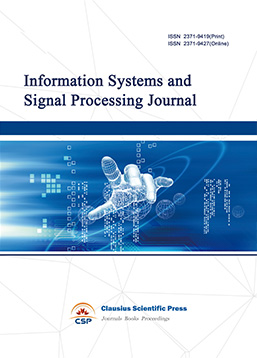
-
Intelligent Robots and Systems
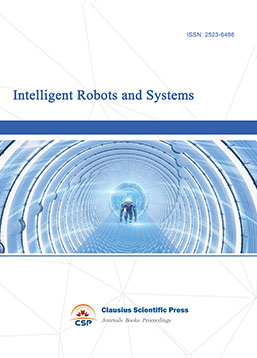
-
Journal of Image, Video and Signals
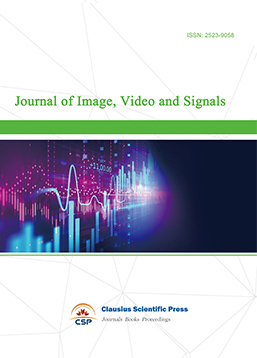
-
Transactions on Real-Time and Embedded Systems
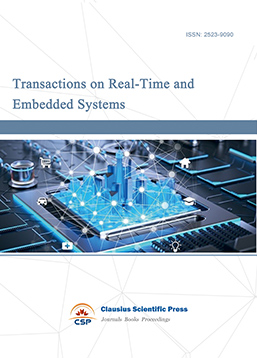
-
Journal of Electromagnetic Interference and Compatibility
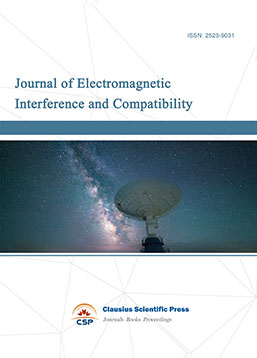
-
Acoustics, Speech and Signal Processing
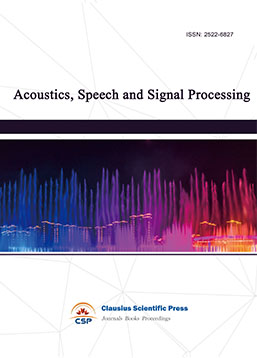
-
Journal of Power Electronics, Machines and Drives
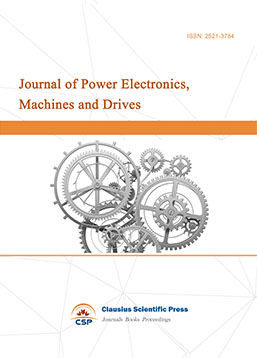
-
Journal of Electro Optics and Lasers
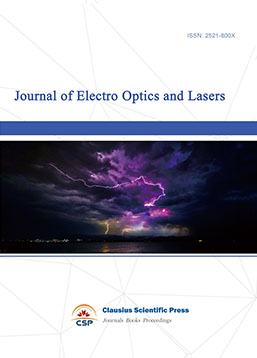
-
Journal of Integrated Circuits Design and Test
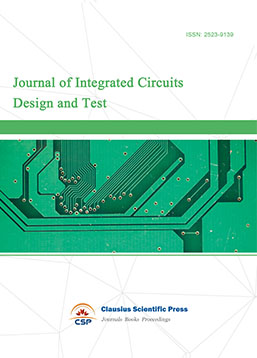
-
Journal of Ultrasonics
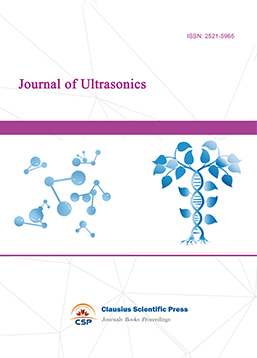
-
Antennas and Propagation
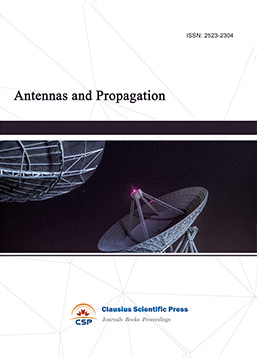
-
Optical Communications
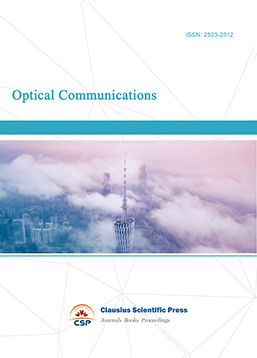
-
Solid-State Circuits and Systems-on-a-Chip
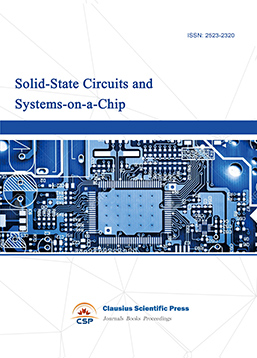
-
Field-Programmable Gate Arrays
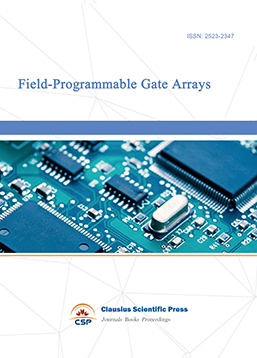
-
Vehicular Electronics and Safety
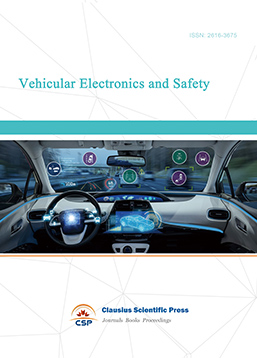
-
Optical Fiber Sensor and Communication
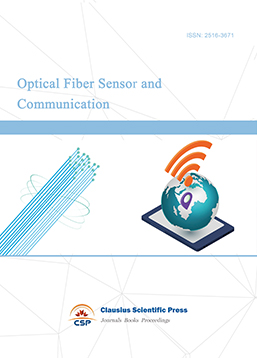
-
Journal of Low Power Electronics and Design
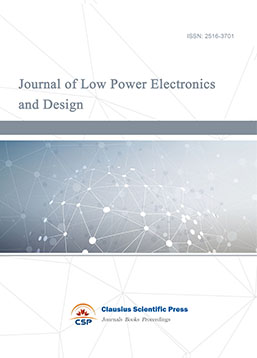
-
Infrared and Millimeter Wave
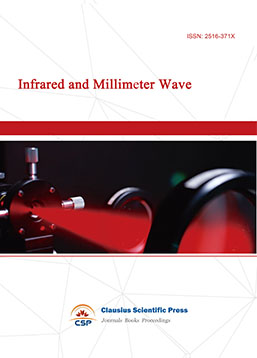
-
Detection Technology and Automation Equipment

-
Journal of Radio and Wireless
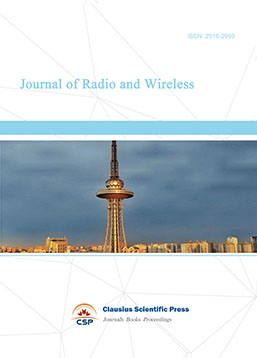
-
Journal of Microwave and Terahertz Engineering
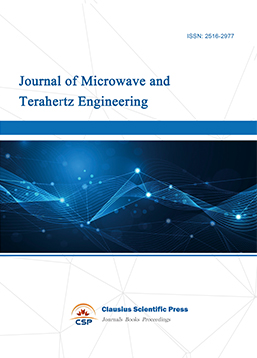
-
Journal of Communication, Control and Computing
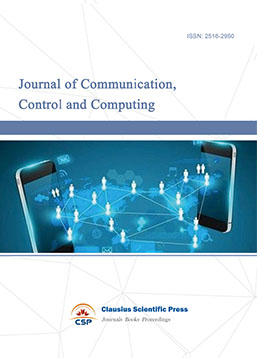
-
International Journal of Surveying and Mapping
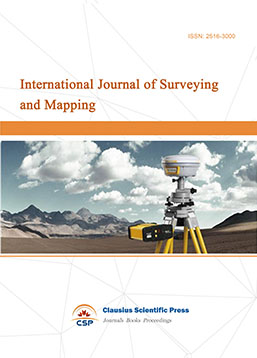
-
Information Retrieval, Systems and Services
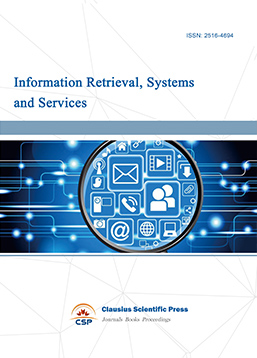
-
Journal of Biometrics, Identity and Security
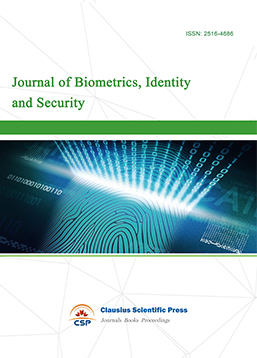
-
Journal of Avionics, Radar and Sonar
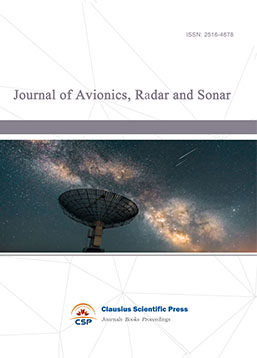

 Download as PDF
Download as PDF